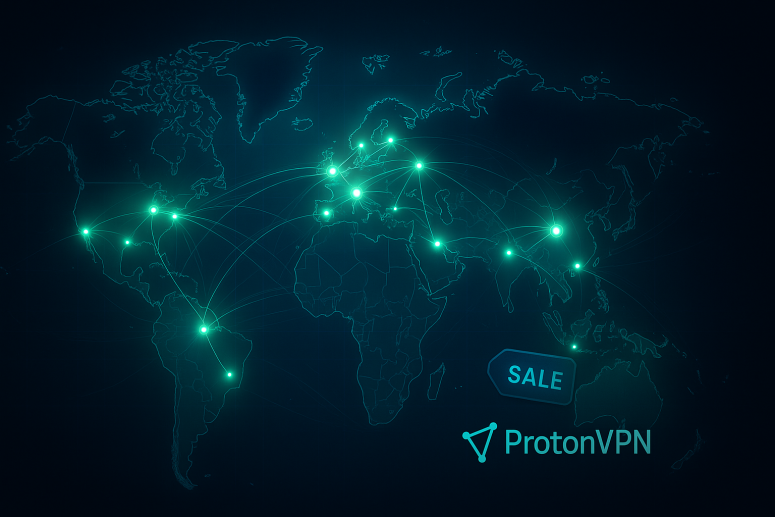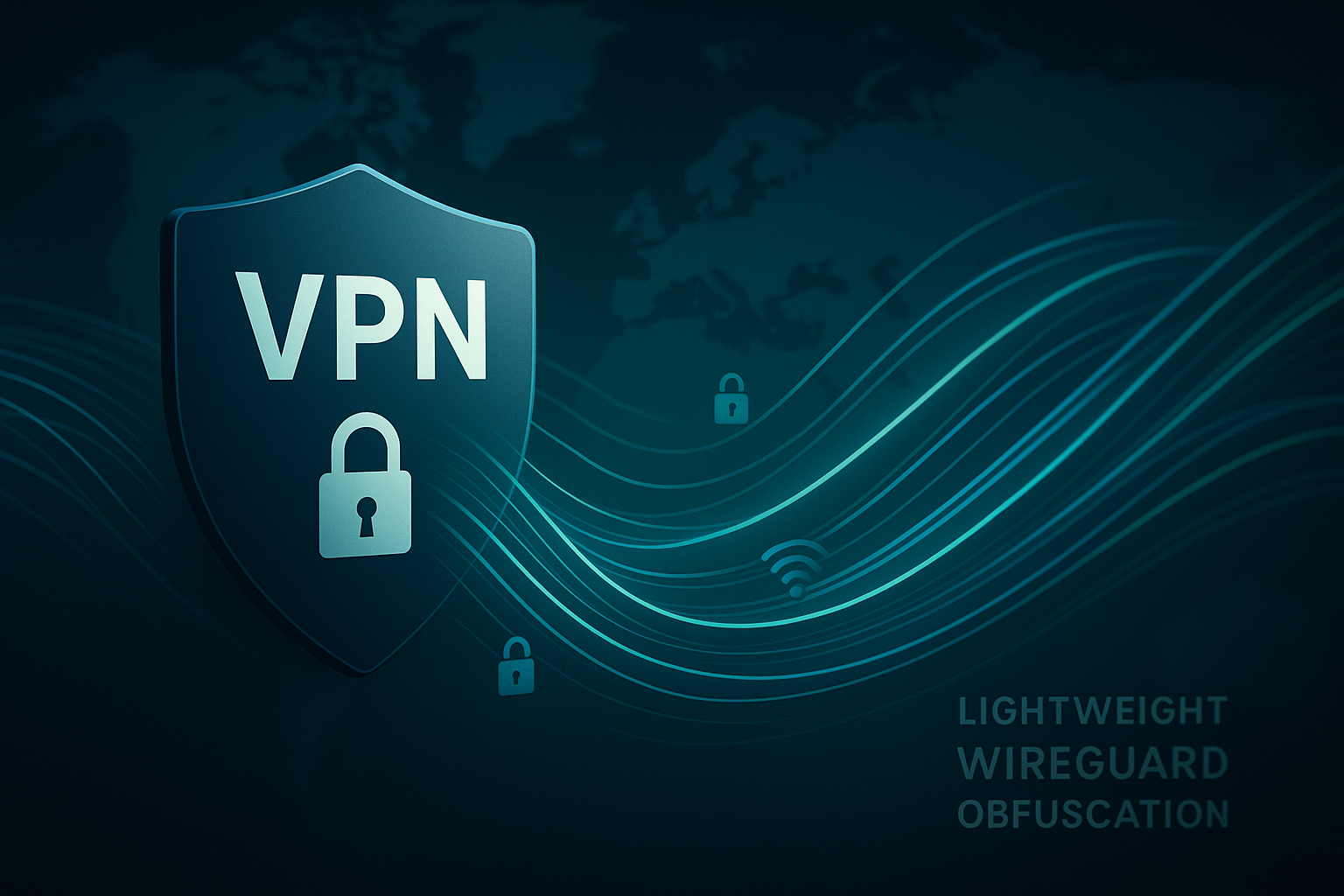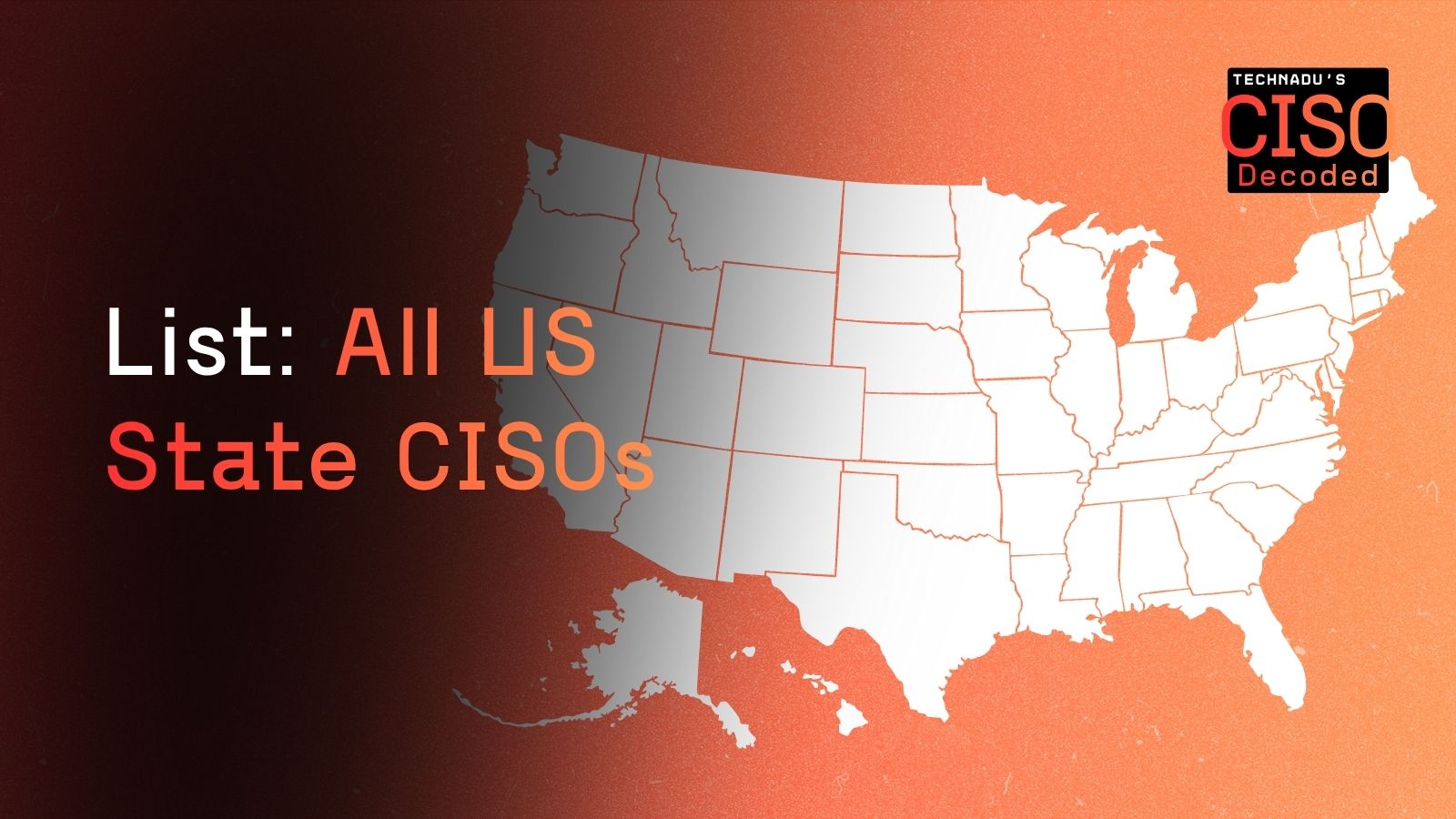
Proton VPN Uses Early Black Friday Revenue to Add 800 New Global Exit Nodes
- Proton reinvests revenue: Early Black Friday sales directly fund expansion of 800 new global exit nodes.
- Transparency highlighted: Company confirms subscription fees go into infrastructure growth, not external investment sources.
- Deal boosts value: 75% discount aims to grow user base while supporting privacy-focused network upgrades.
Proton VPN has revealed that revenue from its newly launched Black Friday promotion is being used immediately to expand its global server network. The company says it has already added 800 new exit nodes worldwide, funded directly by the first round of subscription purchases.
The announcement comes as Proton rolls out its Black Friday deal a month early, offering one of its steepest discounts to date.
Revenue Reinvested Straight Into Infrastructure
The link between sales and infrastructure upgrades was clarified by Proton VPN General Manager David Peterson in a recent post on X. “For those of you keeping track − yes, we did just immediately reinvest the first round of Black Friday sale proceeds into powering up another 800 global exit nodes,” he wrote.
Proton has long said that its subscription-driven model allows it to operate without venture capital or outside investors. The company argues that this independence helps protect its privacy-focused mission, especially at a time when the VPN market is increasingly competitive and often influenced by large corporate ownership.
The early arrival of Proton’s Black Friday campaign suggests that this sales period plays a major role in funding the company’s growth strategy.
What the Black Friday Deal Includes
Proton VPN’s new Black Friday offer discounts its 2-year plan by 75%, bringing the effective monthly rate down to just a few dollars. The service includes:
- Servers in 127 countries
- Swiss-based privacy protections
- Independently audited no-logs policy
- Open-source apps across all platforms
- Secure Core routing through hardened, company-owned servers
- NetShield ad, tracker, and malware blocking
- VPN Accelerator technology for faster speeds
Proton has also made improvements for streaming access, with support for international Netflix libraries, Disney+, BBC iPlayer, and other major platforms.
A User-Funded Network Expansion Strategy
Proton’s approach ties consumer purchases directly to service improvements, a model that has shaped recent upgrades across its network. The company has expanded its server infrastructure repeatedly over the past year and widened coverage for its free VPN to additional global locations.
For users choosing among the major VPN deals this season, Proton is positioning its offer not only as a discounted subscription but as a direct contribution to ongoing network expansion.
According to the company, this reinvestment-first strategy will continue guiding how it builds out its infrastructure, aiming for a faster and more resilient global network powered financially by its community.













